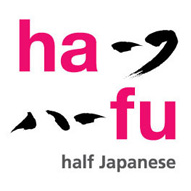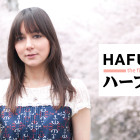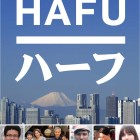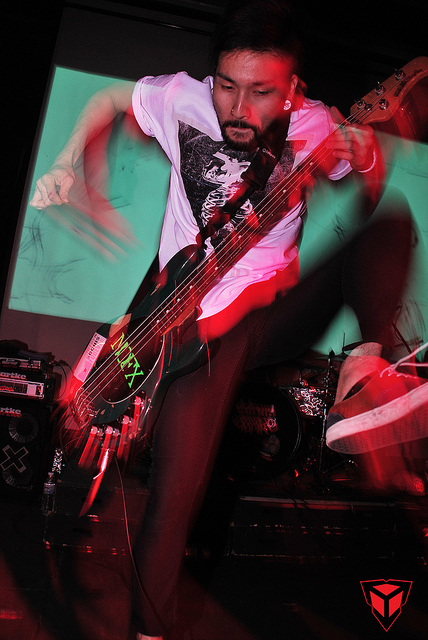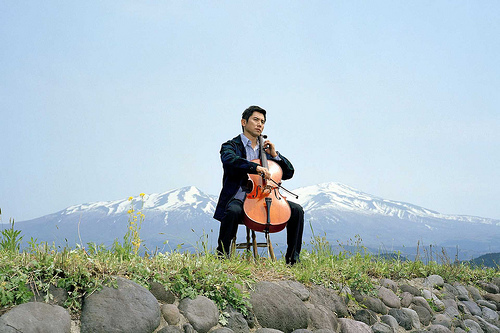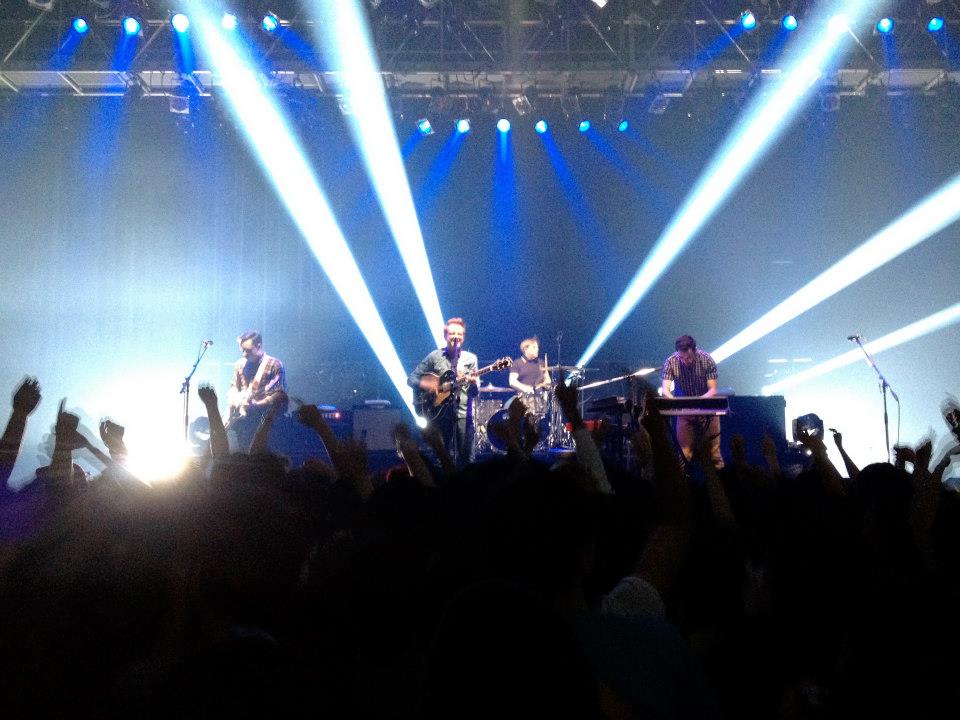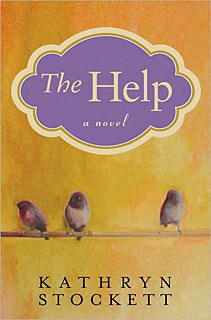Film review: HAFU
A few weeks ago, in one single day I got to experience the thrill of being pointed at and hearing, in an almost accusatory tone, the word “Gaijin!†no less than six times. Three times walking in southern Nishinomiya by senior high school students, and three more times at the onsen that evening by guys in their 20s. Six times.
I think it’s safe to say that if you are a Caucasian man like me, you’ve already experienced the staring and the “Gaijinsâ€. This, in a usually lower frequency, was for me just part of my day-to-day life in Japan, something that one can only observe and shrug thinking, “ã—ょã†ãŒãªã„, I stand-out and that’s the way it is here.†Of course, like me, I’m sure many of you have also thought about how this situation would be downright rude and treated as prejudice in our home countries, but hey, Japan is known for taking its time with societal change. Now, let’s try to imagine that this has happened to you all your life. Countless times in your youth, you’ve been congratulated by strangers simply for speaking a few words in your mother-tongue, the innumerable instances you’ve been met with unease when you’ve approached a store clerk to ask a question; and it’s been concluded time and time again that your linguistic talents and weaknesses are related to your family heritage or a country you’ve never even visited. This could be a taste of the reality our half-Japanese students face in Japan today.
A Half-Japanese is called a “ãƒãƒ¼ãƒ•â€ in Japanese. A once pejorative word, ãƒãƒ¼ãƒ• has now been reappropriated by the Half-Japanese and is used to designate people who have one Japanese parent, independent of their home or residing country or physical traits. The word made its appearance in the 70s because of an increase in mixed marriages in Japan. Since then, the number of mixed marriages has greatly increased, with half of them being Chinese or Korean interracial marriages, followed by Philippine or Brazilian interracial marriages.
In recent years, greatly because of efforts to internationalize Japan, as well as the decline in Japanese population, the Hafus have come to represent a much greater portion of society than in previous decades. It is said that now 20,000 mixed-race babies are born in Japan every year, so technically that could mean that we have at least one Hafu student in each of our classes!
In order to better represent and raise awareness, as well as start a dialogue around this facet of contemporary Japan, the “Hafu Project†has been collecting pictures, profiles and life stories for the last 5 years from Hafus in and outside Japan. Born of this initiative and the desire to expand the project, Megumi Nishikura & Lara Perez Takagi have directed, shot and produced a documentary titled “ãƒãƒ¼ãƒ•â€. Five months after its world premiere in Los Angeles last April, the film came to Tokyo and was screened for 20 days. Since the movie touches a rather sensitive cord in Japan, the directors thought it would be wiser to present the film abroad in film festivals in order to get the ball rolling and build a strong portfolio before screening the film in Japan.
I had the pleasure of seeing ãƒãƒ¼ãƒ• in Tokyo and meeting the co-director, Megumi Nishikura, after the screening. The documentary is a powerful work, a window into the lives of 5 Hafus and their stories lived in an almost excepting Japan. The film itself is surprisingly well edited and shot, making it a very pleasant 90 minute stroll through an otherwise dense issue. The 5 participants share their impressions on marriage, the educational system, self-perception, tolerance, family, prejudice, self-denial, and the sense of identity and home in Japan.
After the screening, I asked the director how we, as ALTs and “vehicles of internationalizationâ€, could raise awareness in our classrooms. Megumi Nishikura replied that a good idea would be to ask students how a “real okonomiyaki†is prepared and cooked. Depending on the students’ hometown, the recipes change, but this idea of proudly making a “real okonomiyaki†remains. This illustrates the obsession with “the real Japanâ€, a notion of purity that is today almost obsolete in reality, but lives-on in the collective Japanese consciousness. Unfortunately, this idea of purity also fuels a great amount of ignorance. As a Korean-Japanese woman says in the film, “Instead of disliking what’s different, if we embrace and learn from it, then Japan will have such a bright future.â€
This is where we, as teachers, can create a much needed bridge between us “distant, foreign people†and our students, using Hafus living in Japan to illustrate a double standard. This could make an amazing 50 minute class and also improve students’ understanding of their fellow Hafu classmates. In class, teachers can use Youtube videos of subtitled interviews with Hafus, or even use the preview of this film to open the class.
To read more about Hafus, please visit http://www.hafujapanese.org/ and http://hafufilm.com/ where I collected most of my information for this article. As for the film itself, ãƒãƒ¼ãƒ•is set to come to Kobe November 23rd-29th. ãœã²è¦‹ã«è¡Œã£ã¦ãã ã•ã„ï¼
Simon Dubé
